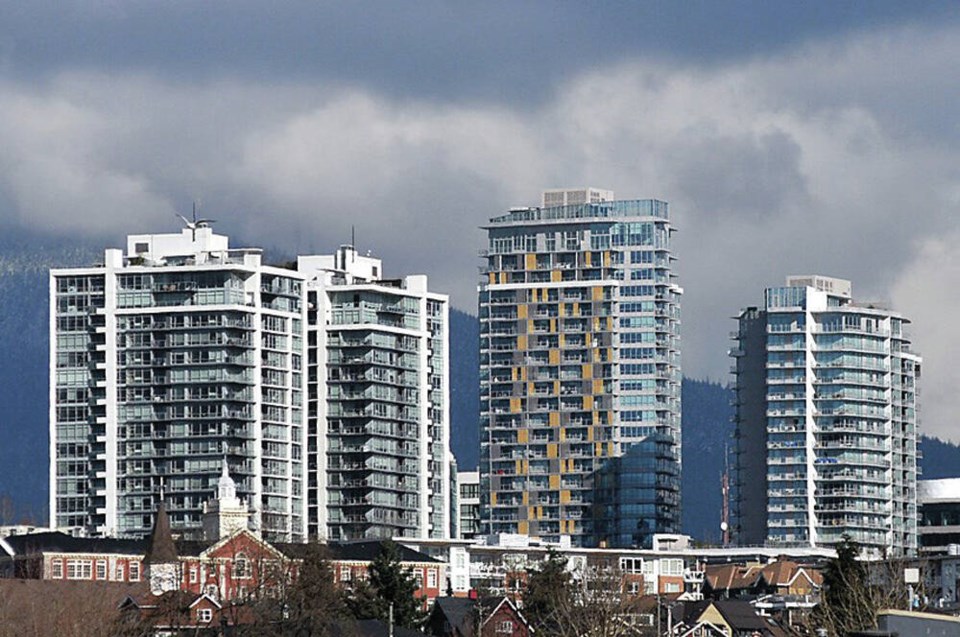The City of North Vancouver is giving one of its main planning documents a major rewrite, in hopes of making the city a bit more beautiful, functional and healthy.
The city’s zoning bylaw, which dictates technical requirements for things like allowable density, building size, setbacks and site coverage, hasn’t been updated since 1995, and the bulk of its language was written in 1967.
“Over time, our bylaw has become very cumbersome and hard to navigate for almost everyone, and it’s not meeting our current needs,” Renee de St. Croix, manager of long-range and community planning, told council April 3.
The intent of the reform isn’t just to modernize the language that’s used in zoning, but the philosophy that underpins it as well.
At the time the bylaw was written, city planners encouraged separation of different land uses like residential, commercial and institutional, which separated people from their daily needs like work, shopping and leisure. That has contributed to traffic by making people more car dependent, while restricting the creation of needed new housing, de St. Croix said.
“The new zoning bylaw will support building complete and sustainable communities. This includes really enabling local uses and for people to access their daily needs closer to home. It further will support sustainable city building. In addition, it will encourage greater housing, diversity and livability through design and regulations.”
The overall land uses, as set in the Official Community Plan, will remain as-is until that plan is amended, de St. Croix said, but under the proposed new regulatory regime, the emphasis in the zoning bylaw will shift away from restrictions and become more “form based.”
“This is really more about enabling a better design outcome and interactions between the different uses and our streets, and how that all works together,” de St. Croix said. “More uses within a better form. That’s the goal.”
Under the current bylaw, each time a change to the existing zoning is requested, it requires a time-consuming process that creates uncertainty for the community, staff and developers. With the proposed changes, the language of the bylaw will lose much of its legalese and become more visual, providing more predictability for everyone involved, de St. Croix said.
Other Canadians cities that are using form-based zoning, or soon will be, include Laval, Ottawa and Edmonton.
Before any changes are made, staff say it will take about two years of study, public consultations and refinements before a final vote.
Council members had questions about the change in regulatory philosophy, but largely expressed excitement for what it would produce.
“I like the concept. I think a way of speeding things up will reduce the cost of housing. I just don’t want to see the speeding up done at the at the cost of the community at large being able to provide the input that is important for us as decision makers,” said Coun. Don Bell.
Mayor Linda Buchanan expressed confidence the zoning reforms would help the city address the rapidly changing needs it faces.
“The world has changed upside down a million times since '67, and certainly since 2020,” she said.

